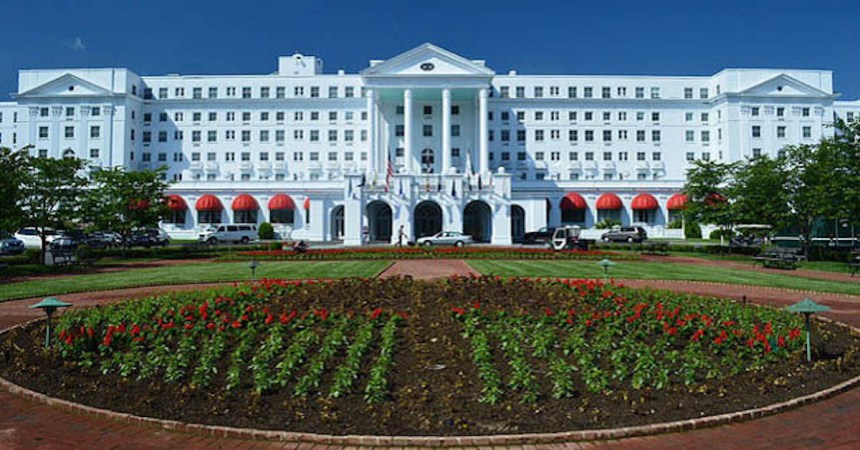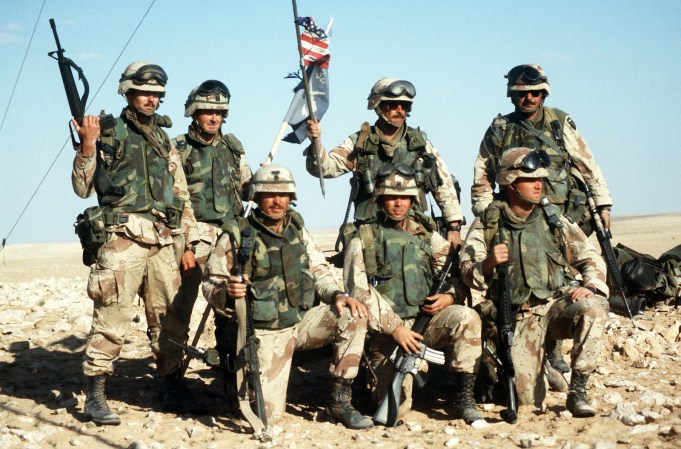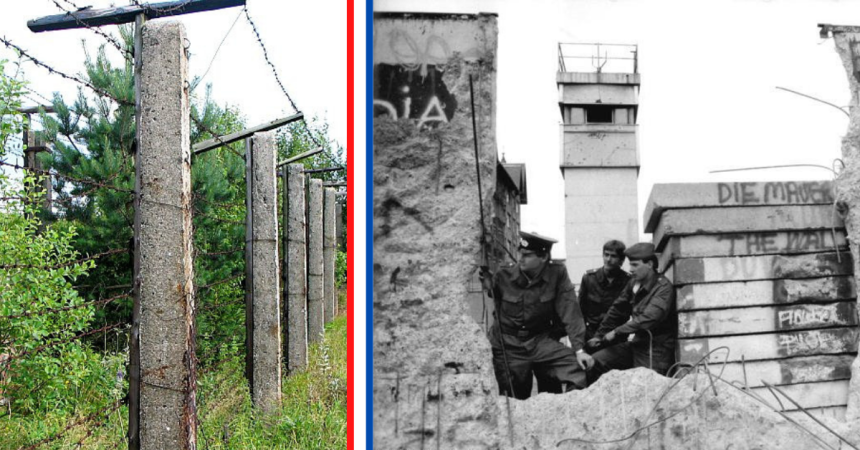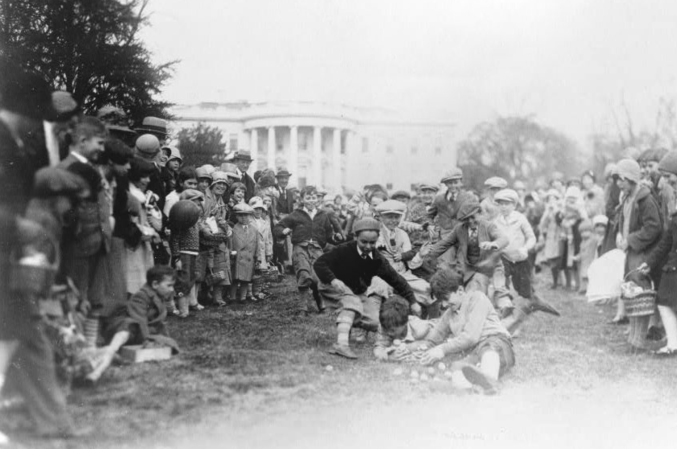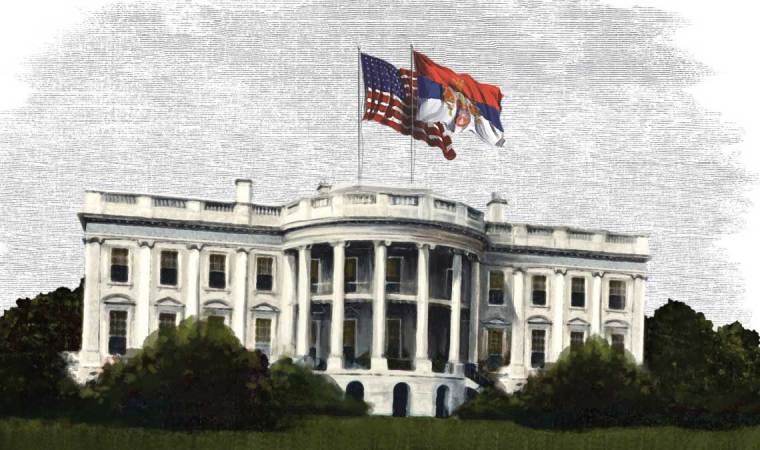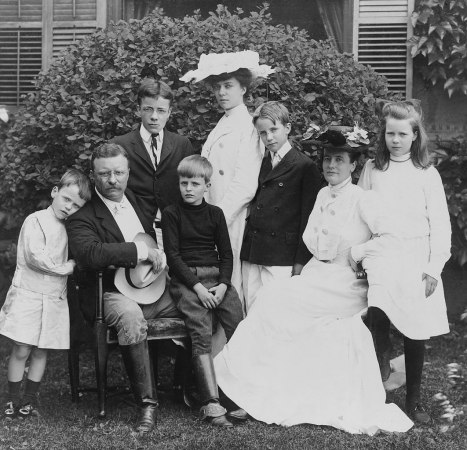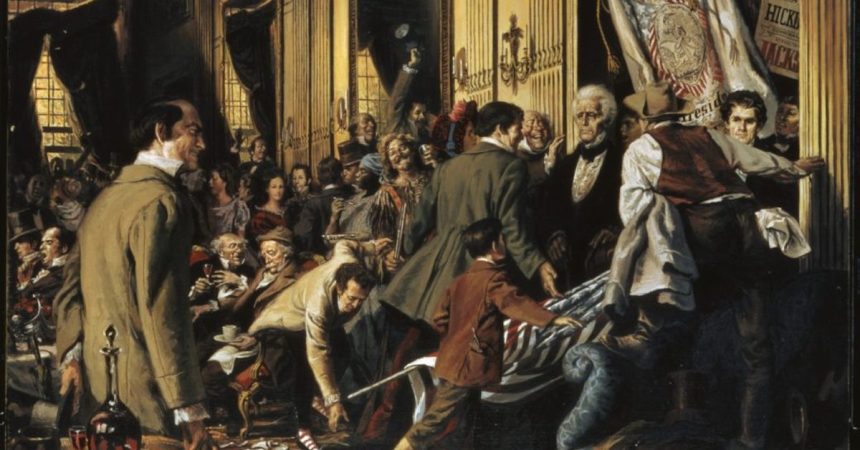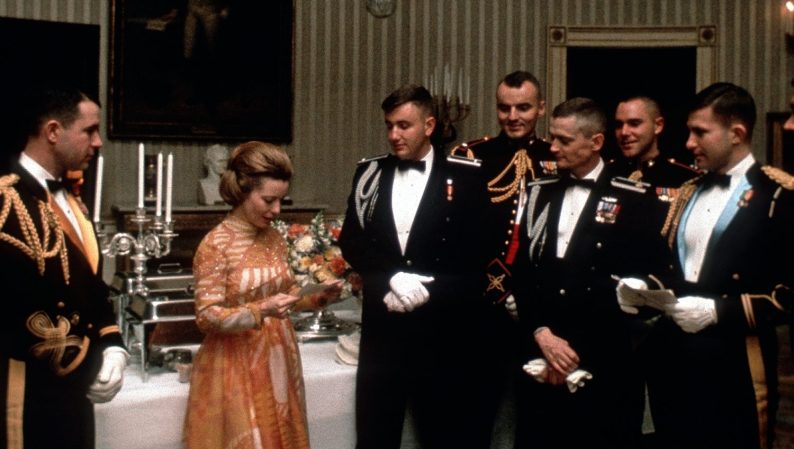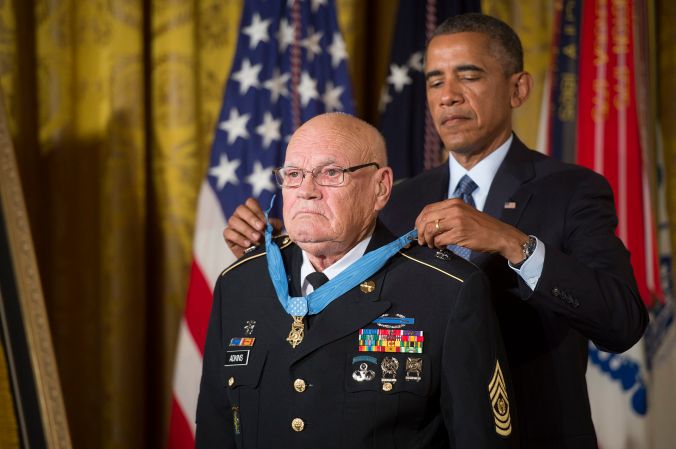The little old building on the back of the $20 bill is known all around the world as the residence and workplace of the leader of the free world. Being said leader of the White House is a dangerous prospect: There have been thirty-three known attempts at the lives of sitting U.S. presidents. Four of those attempts, unfortunately, were successful.
It stands to reason that measures must be taken at 1600 Pennsylvania Avenue to prevent any attacks on the lives of the president, the first family, and anyone else who serves there. But protecting the president requires far more than just armed guards and motion-activated cameras.
The true extent of the protection at the White House has never been — and shouldn’t ever be — released to the public. While the White House is open about sharing some of its protective measures, it should be assumed that the men and women of the Secret Service have thought of ways to counter or deal with literally any other scenario a would-be threat could conjure up.

21-day advanced tour notice
When you think of a “secure location,” the last place you think of is somewhere that’s so widely visited that it offers tours in eleven different languages. But not just anyone can easily mosey on into the White House.
In order to be given the tour of the highest office in the land, you must submit an application at least 21 days before your scheduled visit. This gives the security an accurate headcount and the ability to perform background checks on visitors. For obvious reasons, the tour is also guided through only select portions of the White House.

(Official White House photo by Shealah Craighead)
Bulletproof windows
Windows are typically vulnerable to firearms. Funnily enough, in any photo you see of the White House, you’ll also see countless windows. Even the Resolute Desk is positioned with the President’s back turned to a bunch of windows in the Oval Office.
Thankfully, they’re some of the most impenetrable windows known to man. In November 2011, an attacker fired seven rounds from a semi-automatic rifle into the White House, but not even consecutive shots could shatter a window.

Infrared sensors
Every inch of the perimeter is surrounded in infrared lasers that detect even the most minuscule threat against the White House. These aren’t the lasers that you’d see in old spy films that challenge intruders to a deadly game of limbo. No, these blanket everything to include the sky, the surface, and even underground.
With that level of security, you’d expect swarms of agents to descend on even the smallest intruders — like a wayward squirrel. Well, it happens all the time. But it’s better to be aware of every single squirrel than to let a single threat wiggle by.

Surface-to-air missiles
Washington D.C. is a no-fly zone. Any plane not scheduled or following the strict path into Ronald Reagan National Airport are first given a warning. If they don’t show any sort of compliance immediately, they’ll be taken down by one of the countless surface-to-air missiles located around the capital.
While it’s known that many missile batteries are located in Washington D.C., it’s more of an urban legend that there’s an Avenger missile system on top of the White House itself. That remains unproven, but the White House does have those high-tech laser systems that can detect any possible threat from a mile out, alerting other missile systems that then take down the threat.

Drones
In January, 2015, an unnamed government employee and amateur drone hobbyist was having fun with his drone outside the White House lawn after his shift. It was able to fly through the detection systems fairly easily until it hit the ground and set off countless alarm systems, sending every single agent into a frenzy. The man wasn’t charged because he was an employee at the White House and because it highlighted a major security fault in the systems at the time.
Since then, the White House has employed drones of their own to act as both roving security cameras and to take down any other drones that come into area. Coincidentally, the same drones that the Secret Service now uses are the same that the hobbyist used.

The fence
With all of these security measures in place, the most obvious one is actually the most effective, historic, and iconic: the fence that surrounds the White House. First erected in 1801 by President Thomas Jefferson, it has seen many changes over its lifetime. What was once a simple barricade to keep the president’s livestock on the property has now become an 11-foot tall, vehicle-stopping, climb-resistant, behemoth of steel and rebar.
Not only is the newest fence crowned with spikes to deter attempts at climbing, it also alerts agents the moment anyone puts pressure on it to ensure nobody makes it over.




